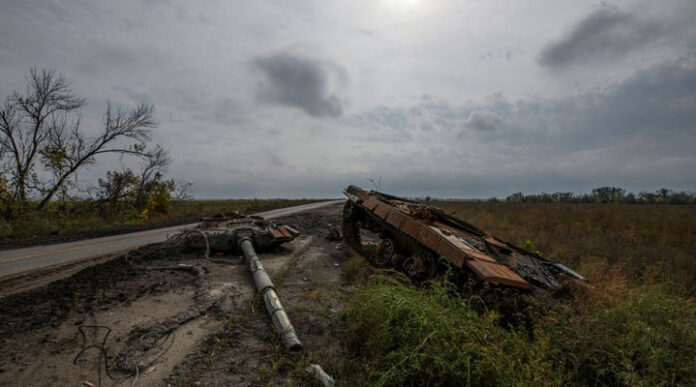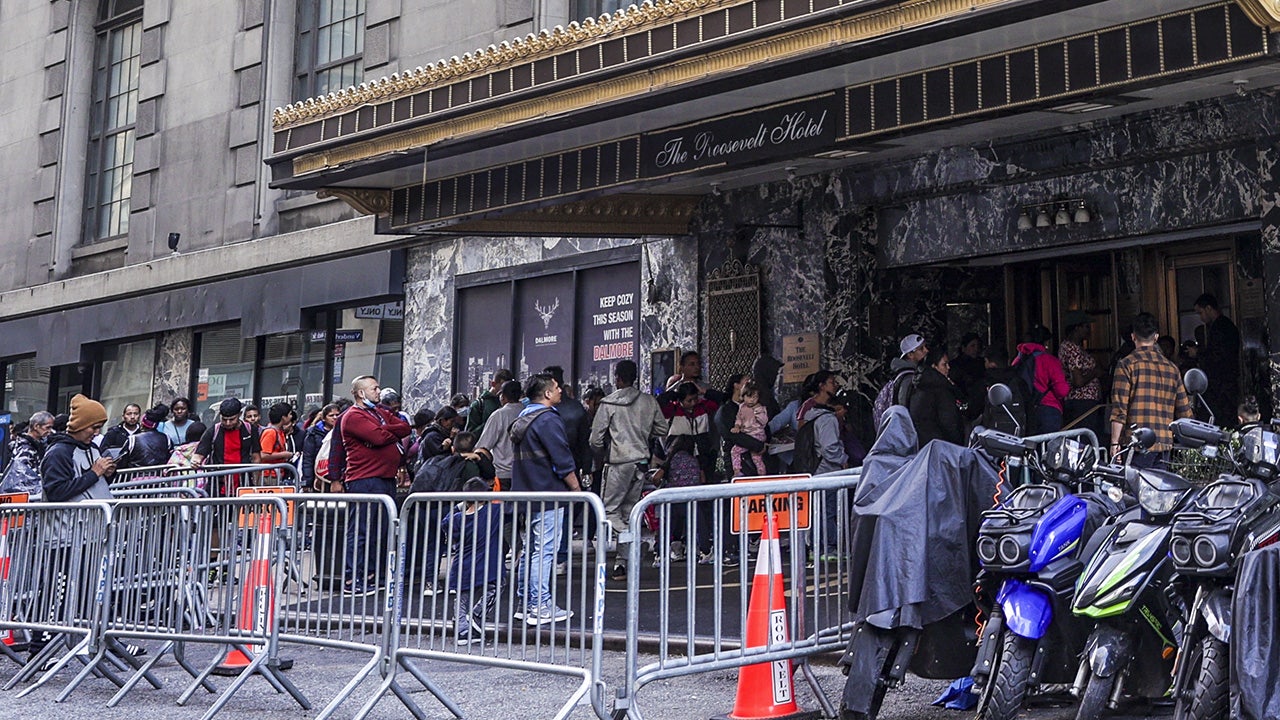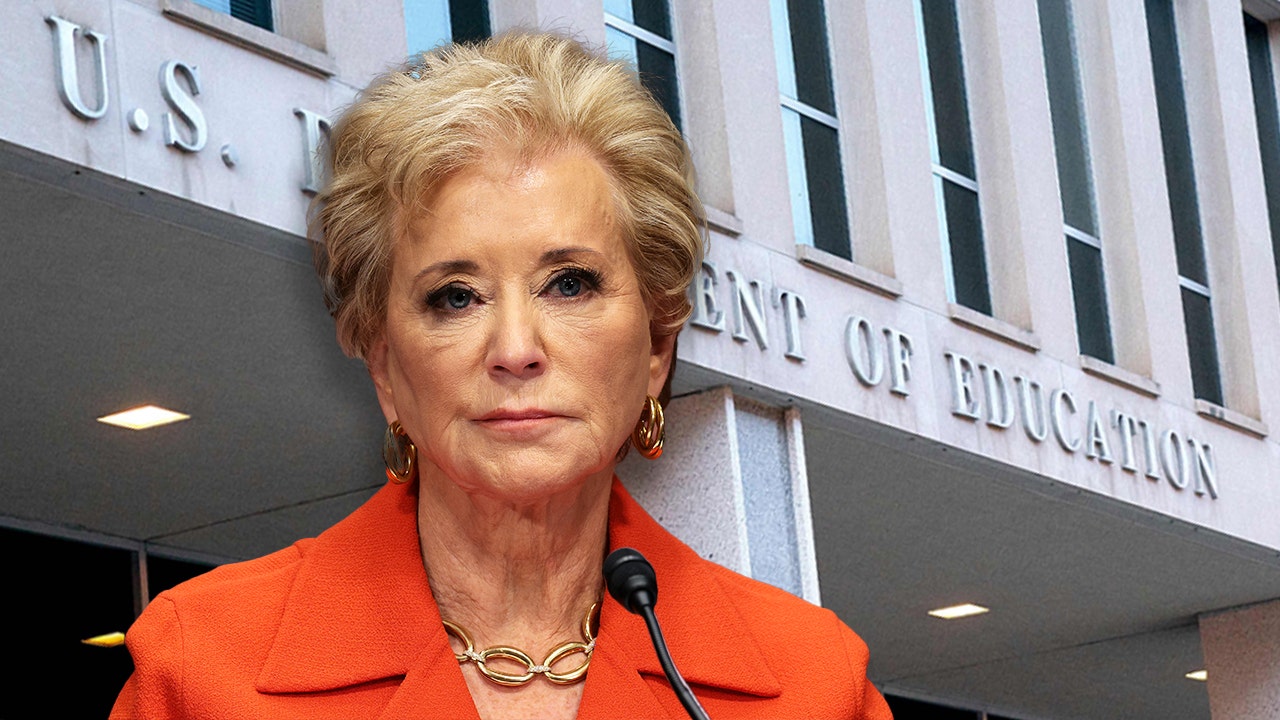Ukraine’s southward advance is confirmed by a Russian-installed official
says Ukrainian forces near Dudchany, 40 kilometers from the previous frontline.
No official Ukrainian confirmation of the southward advance, Russian military bloggers claim that troops retreat by dozens of kilometers. Ukraine is encouraged by Lyman’s weekend capture in the east.
On Monday, Ukrainian forces broke through the front and advanced quickly along the Dnipro River, threatening to encircle thousands of Russian troops. This was their biggest success in the south of the country since the war started.
Russian sources acknowledged that a Ukrainian tank offensive had advanced dozens of kilometers (miles) along the river’s west bank, and recaptured a number of villages along the way, but Kyiv did not officially confirm the gains.
The development is similar to recent victories in the east of Ukraine that have changed the course of the conflict with Russia, despite Moscow’s attempts to raise the stakes by annexing territory, ordering mobilization, and threatening nuclear retaliation.
The Russian-installed leader in the occupied Kherson province of Ukraine, Vladimir Saldo, said on Russian state television that “the information is tense, to put it mildly, because, yes, there were indeed breakthroughs.”
Most recent updates
In a significant advance in the south, Ukrainian forces broke through Russian lines.
According to the governor, half of the men who had been mobilized in the Russian region had been sent home.
After a Putin ally suggests using a nuclear bomb in Ukraine, the Kremlin prefers “balance.”
The Kherson region has seen “breakthroughs” for Ukraine, a Russian-installed official claims.
“Right there, in that area, near the Dnipro River, in a place called Dudchany, there was a breakthrough. There are settlements that Ukrainian forces have taken over, “said he.
One of the war’s swiftest advances—and by far the most rapid in the south, where Russian forces had been entrenched in heavily fortified positions along a largely static front line since the early weeks of the invasion—can be seen at Dudchany, which is about 40 kilometers (25 miles) south of where the front stood just a day earlier.
As it has in the past during major offensives, Kyiv remained remarkably silent, but some officials did discuss what they called “unconfirmed reports of gains.”
Dudchany is about 40 kilometers (25 miles) south of where the front stood a day earlier, indicating one of the war’s swiftest advances and by far the most rapid in the south, where Russian forces had been entrenched in heavily reinforced positions along a largely static front line since the early weeks of the invasion.
Some officials did discuss what they described as unconfirmed reports of gains, but Kyiv remained largely silent, as it has in the past during significant offensives.
An image of Ukrainian soldiers posing with their flag draped over a golden angel statue was posted on social media by Anton Gerashchenko, a consultant to the interior ministry of Ukraine. He identified it as Mikhailivka, a village located about 20 kilometers past the previous front.
“In recent days, we have seen the first image of Osokorivka; we have also seen our troops in Khreschenivka, next to the monument, and close to Mykhailivka’s entrance. This indicates that our armed forces are in control of Zolota Balka as well and that they are advancing forcefully along the Dnipro River’s banks toward Beryslav “Serhiy Khlan, a member of the Kherson regional council, identified the villages in the region to Reuters.
Officially, this information is still unavailable, but the panicking (Russian) social media pages unequivocally confirm these images.
COMMON STRATEGIES TO EAST
The advance in the south is a replication of the strategies used by Kyiv to make significant gains in eastern Ukraine since the beginning of September. There, its forces quickly seized territory to seize control of Russian supply routes, cutting off larger Russian forces and forcing them to flee.
Ukraine retook Lyman, the main Russian stronghold in the north of Donetsk province, just hours after Russian President Vladimir Putin declared the provinces of Donetsk, Luhansk, Kherson, and Zaporizhzhia to be Russian territory forever during a concert on Moscow’s Red Square on Friday.
That makes it possible for it to advance far into the province of Luhansk, endangering the main supply lines to the territory Moscow took in some of the bloodiest battles of the war in June and July.
Over the past month, Putin has escalated in response to Russia’s military setbacks, announcing the annexation of occupied territory, mobilizing tens of thousands of men as reserve soldiers, and threatening nuclear retaliation.
On the west bank of the Dnipro, where it sent a sizable contingent to halt a counterattack Ukraine announced there in August, Russia has supply lines for thousands of troops, possibly as many as 25,000. In the south, Ukraine is advancing against these supply lines.
The primary bridges over the Dnipro have already been destroyed by Ukraine, forcing Russian forces to use improvised crossings. Those remaining crossings could be within artillery range with a significant advance along the river.
Oleh Zhdanov, a military analyst based in Kyiv, stated that “the fact that we have broken through the front means that… the Russian army has already lost the ability to attack, and today or tomorrow it could lose the ability to defend.”
They are surviving on minimal rations of food, fuel, and ammunition after a month of our efforts to destroy their supplies and reduce the combat effectiveness of this group.
A Ukrainian tank advance through miles of land along the Dnipro River’s bank was described by Russian military bloggers.
The Foreign Policy Research Institute senior fellow Rob Lee stated on Twitter that “when these many Russian channels are sounding the alarm, it usually means they’re in trouble.”
The news of Ukraine’s military advances came as chaos erupted in Russia over the mobilization that Putin had commanded ten days earlier. Tens of thousands of Russian men have been enlisted, while a similar number have fled the country.
The requirements for who must be sent to fight have not been made explicit by the Russian authorities. According to Putin, errors were made and the wrong people were called up.
Mikhail Degtyarev, governor of the Khabarovsk region in Russia’s Far East, stated on Monday that roughly half of the men called up there had been found unfit for duty and sent back home. This is the latest sign of confusion. He dismissed the military commissar for the area.





